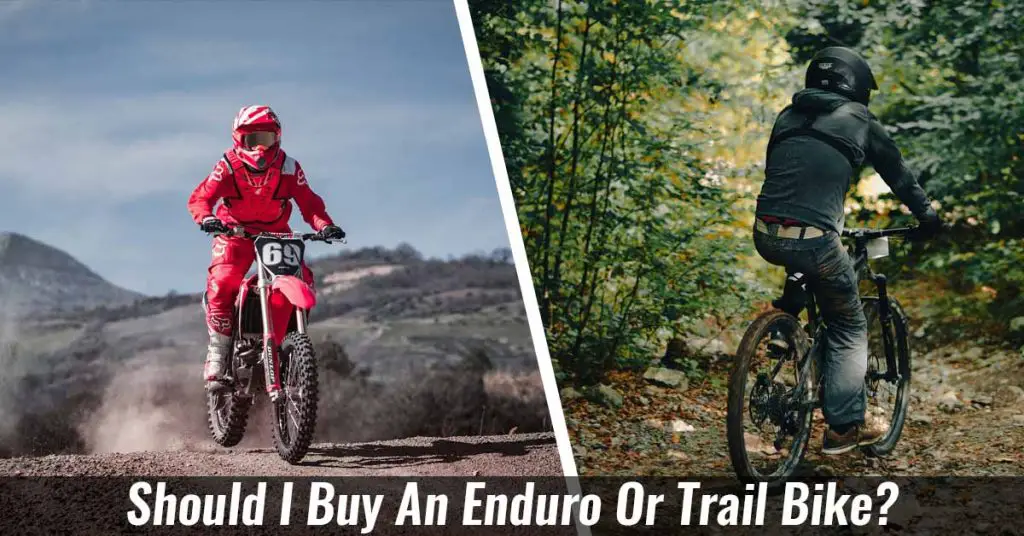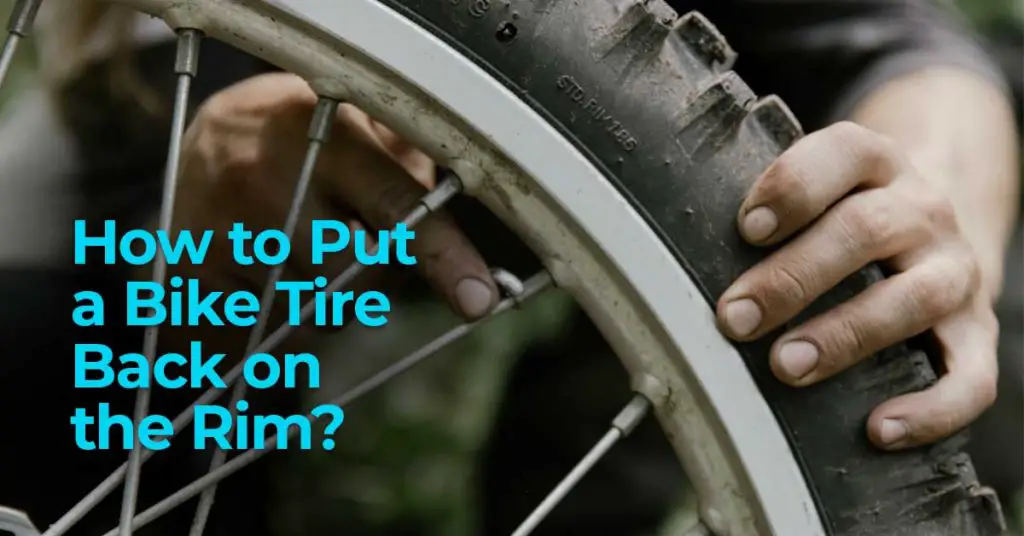Table of Contents
There is no big difference between enduro bikes and trail bikes. The biggest similarity between the two bikes is that they are both great for off-road riding. New bikers are often confused with the question of which enduro or trail bike is better.
Trail bikes are designed to break through rocky technical terrain at high speeds, tackle falls, and gasp. Trail bikes often can be pointed straight through the rough stuff. Enduro bikes, on the other hand, are bikes where the rider is mostly timed downhill with a neutral “transfer” stage in between. The transfer level usually needs to be completed within a certain time, but it is not part of the cumulative time.
According to reviews from our research team and various professional as well as technically well-informed riders, enduro bikes are better suited to support off-road riding than trails.
But the question that clicks your head is how enduro is more suitable for the riders.

Extra Suspension
Both enduro and trail bikes are designed for use on trails, but the extra suspension on enduro bikes makes them ideal for riders who want to ride in the blinds. You can also deal with more mistakes, be hacked, push yourself to the absolute limits, and repeat everything the next day or several times a day. Extra suspension minimizes the extreme level of loss caused by these ignorable mistakes.
Flat Head Tube Angles
Enduro bikes also feature a flat head tube angle that pushes the front wheels further in front of the handlebars to increase the wheelbase. Benefits of a flatter headtube angle include improved descent reliability and stability. However, the shallow angle of the head tube also has the disadvantage that it can be difficult to climb and it can be difficult to measure the proper weight of the front wheels when cornering.
For both 27.5 “and 29” wheel sizes, my research shows that the enduro bike’s headtube angle is 2 ° flatter than the trail bike. “Only” 2 ° may seem trivial, but the combination of a flatter headtube angle and extra travel makes it a much more powerful descender.
Higher Bottom Brackets
Enduro bikes are manufactured with a higher bottom bracket. However, keep in mind that the specified bottom bracket height is a static measurement. This means that the height of the bottom bracket does not take into account factors such as the rider’s weight and tire slack.
A typical trail bike has 25% slack on shock and 20% slack on a fork. Enduro bikes usually require a higher percentage of slacks, usually in the 30-35% range, for optimal suspension performance. With this in mind, enduro bikes have a higher bottom bracket than trail bikes.
The average 27.5-inch enduro bike has a bottom bracket that is 4mm higher than the average 27.5-inch trail bike. For the 29ers, the height difference between the bottom brackets is doubled, and the 29-inch enduro bike is 8mm taller than the trail bike.
Large Brake Disc and Calipers With Four Pistons
Enduro bikes usually have larger brake discs and larger calipers than trail bikes and more positions, usually four pistons. The larger the brake disc, the better the heat distribution and the better the braking force on the downhill. This is ideal for enduro bikes that require constant braking power on long downhill slopes.
Trail bikes don’t get too hot and require a lot of braking power, so they have smaller brake rotors, lighter calipers, and fewer pistons, usually two pistons. Simple weight isn’t a big deal because enduro bikes are designed downhill and have good braking, but trail bikes need to save weight and don’t require too much braking power.
Summing Up
Trail bikes are generally considered to be small bikes that can be registered on the street legally, but while riding off-road trails is designed to be fun, it’s not high performance. For example, the suspension can be short, so the average height is easy to ride. In theory, all “dual-purpose” bikes are trail bikes, but dual-purpose titles include bikes that are larger than what some people call trail bikes. Trail bikes are often carried in motorhomes as an additional toy for travel.
There is a special type of off-road racing called “enduro racing”. Participants follow the route sheet and travel long distances, mostly off-road, but some on-road routes may be included, so the bike must meet the basic requirements.
Enduro bikes are street legal and registered for street use. To compete with these enduros, “real enduro” bikes have been created and are not intended for minimal road use. There are also dual-purpose bikes that are generally heavy and not very good off-road, but they are designed for use on far more roads and are often referred to as “enduro”.



